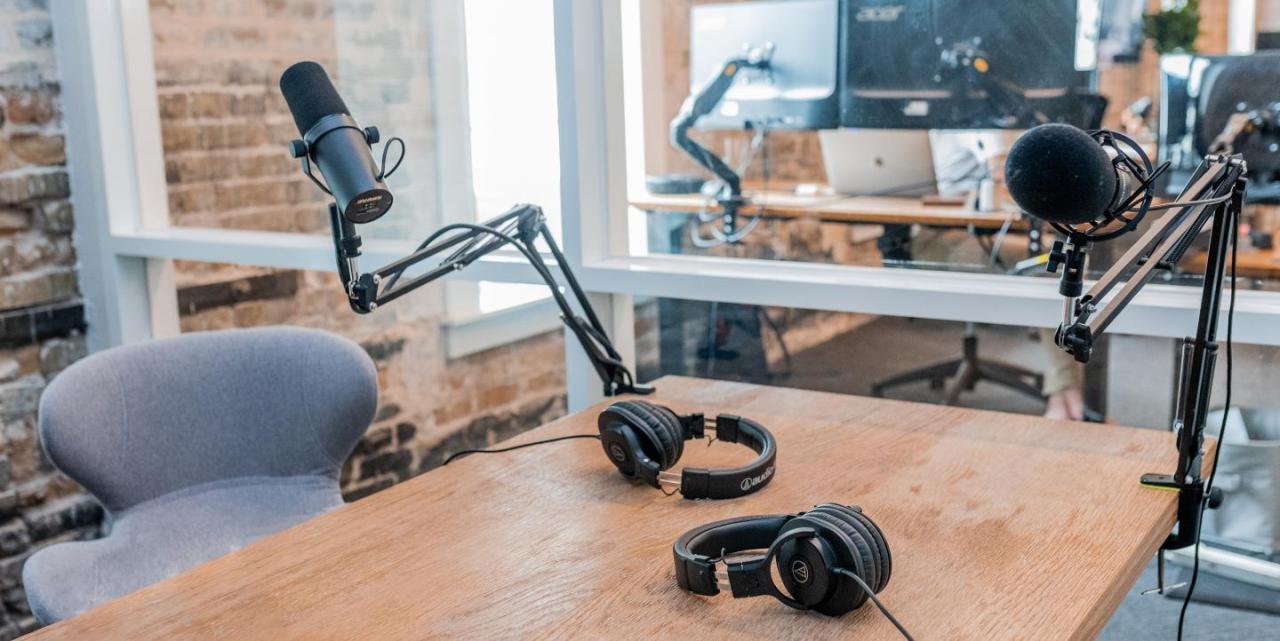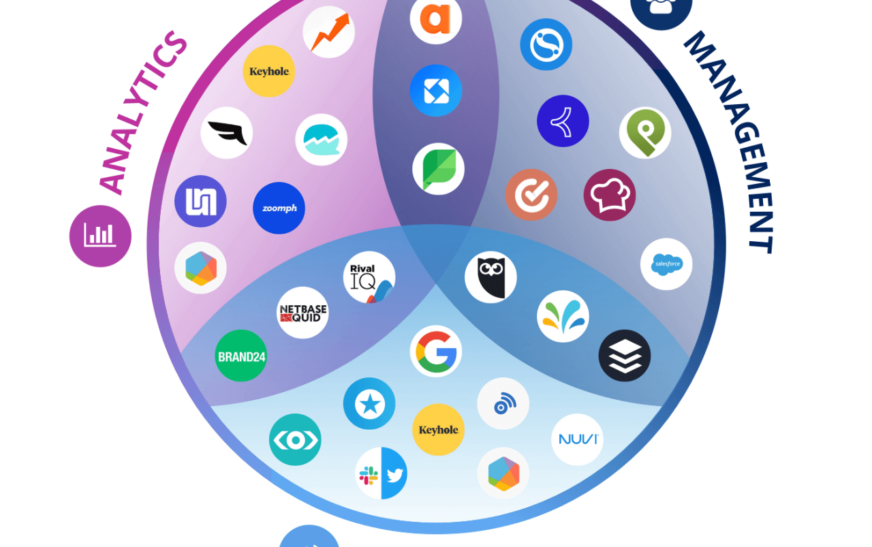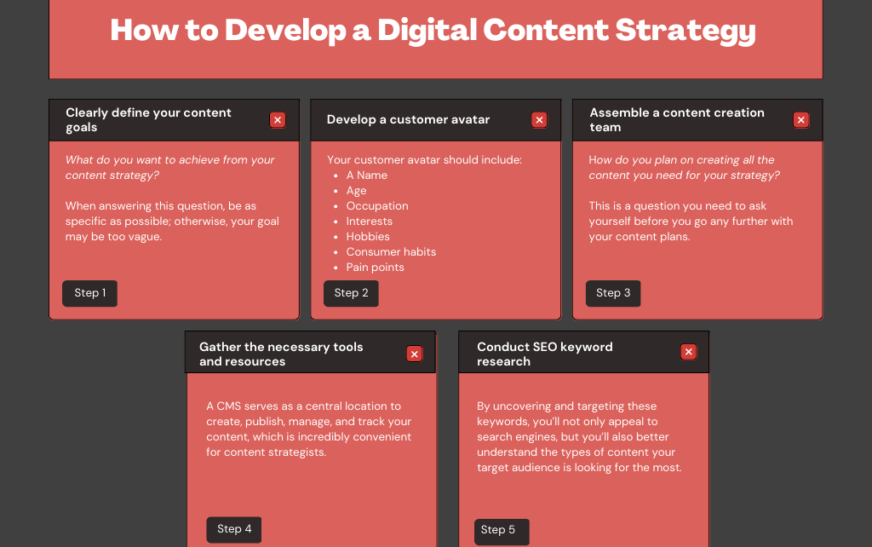The Best Digital Tools for Podcast Production introduces a world of possibilities for creating high-quality podcasts efficiently, revolutionizing the way content is produced and shared. From audio editing software to recording equipment, this comprehensive guide explores the essential tools and techniques to elevate your podcasting game.
Overview of Podcast Production Tools
Using digital tools in podcast production is vital for creating high-quality content efficiently. These tools help podcasters with editing, recording, sound mixing, and distribution, leading to a polished final product that engages listeners. Let’s explore some popular digital tools used in podcast production and how they contribute to enhancing the overall quality and efficiency of podcast creation.
Editing Software
Editing software like Adobe Audition, Audacity, or GarageBand allows podcasters to trim, cut, and enhance audio recordings. These tools provide features like noise reduction, equalization, and audio effects to improve sound quality and create a professional-sounding podcast.
Recording Equipment
Quality microphones, headphones, and audio interfaces are essential tools for recording podcasts. Brands like Blue Yeti, Shure, and Rode offer reliable equipment that captures clear audio, reducing background noise and ensuring a crisp sound for listeners.
Distribution Platforms
Platforms like Anchor, Libsyn, and Podbean help podcasters distribute their episodes to various streaming services like Apple Podcasts, Spotify, and Google Podcasts. These tools simplify the process of publishing and sharing podcasts, reaching a wider audience and increasing visibility.
Transcription Services
Transcription services like Otter.ai or Rev can convert podcast episodes into written text. This not only makes content accessible to a wider audience but also improves by providing searchable text for search engines to index.
Analytics Tools
Analytics tools such as Podtrac or Chartable provide podcasters with insights into listener demographics, engagement metrics, and performance data. By analyzing this information, podcasters can make data-driven decisions to improve content and grow their audience.
To stand out in the digital advertising space, it’s important to optimize your ad campaigns effectively. Learn how to leverage How to Use Digital Tools to Optimize Your Ad Campaigns to reach your target audience and maximize your ROI.
Graphic Design Software, The Best Digital Tools for Podcast Production
Creating eye-catching cover art and promotional graphics is essential for attracting listeners to a podcast. Tools like Canva, Adobe Spark, or Photoshop enable podcasters to design visually appealing artwork that represents their brand and captures audience attention.
Audio Editing Software: The Best Digital Tools For Podcast Production
When it comes to podcast production, having the right audio editing software is crucial to ensure high-quality audio content that engages your audience. Here, we will explore the key features to look for in audio editing software, compare different options available in the market, and discuss how to effectively use these tools to enhance the quality of your podcast audio.
Market research is essential for understanding consumer behavior. By utilizing The Best Digital Tools for Market Research , you can gather valuable insights to make informed decisions and stay ahead in the competitive market.
Key Features to Look for in Audio Editing Software
- Multi-track editing capabilities for seamless integration of different audio elements.
- Audio effects and filters to enhance sound quality and add creative elements to your podcast.
- Noise reduction tools to eliminate background noise and ensure clear audio recordings.
- Compatibility with different file formats for flexibility in editing and exporting your podcast.
- User-friendly interface for easy navigation and efficient editing workflow.
Comparison of Different Audio Editing Software Options
| Software | Key Features |
|---|---|
| Audacity | Free, open-source, multi-platform support, extensive audio editing capabilities. |
| Adobe Audition | Professional audio editing tools, advanced effects and plugins, seamless integration with Adobe Creative Cloud. |
| GarageBand | Intuitive interface, built-in audio loops and instruments, exclusive to macOS users. |
Effectively Using Audio Editing Software for Podcast Production
- Import your recorded audio files into the software and arrange them on different tracks for editing.
- Use noise reduction tools to clean up background noise and ensure clear audio quality.
- Add music, sound effects, and transitions to enhance the overall listening experience of your podcast.
- Experiment with different audio effects and filters to create a unique sound for your podcast.
- Regularly save your work and export the final audio file in the desired format for publishing.
Recording Equipment

When it comes to producing a high-quality podcast, having the right recording equipment is crucial. From microphones to headphones and audio interfaces, each piece plays a vital role in capturing clear and professional audio for your podcast episodes.Microphones:Investing in a good quality microphone is essential for recording clear and crisp audio.
There are different types of microphones available, such as dynamic, condenser, and USB microphones. Choose a microphone that suits your recording environment and budget to ensure the best sound quality for your podcast.Headphones:Using headphones while recording allows you to monitor the audio in real-time and make adjustments as needed.
Embracing the digital era, social media management has become crucial for businesses. Utilizing the Best Digital Tools for Social Media Management can help streamline your strategies and boost engagement with your audience.
Closed-back headphones are ideal for blocking out external noise and preventing audio bleed during recording sessions. Make sure to choose headphones that are comfortable to wear for long periods to avoid any discomfort while recording.Audio Interfaces:An audio interface acts as the bridge between your microphone and computer, converting analog audio signals into digital data that can be recorded on your computer.
It provides better sound quality and more control over the recording process compared to using the built-in sound card on your computer. Look for an audio interface with the necessary inputs and outputs to connect all your recording equipment effectively.
Setting up Recording Equipment for Optimal Sound Quality
- Find a quiet recording space to minimize background noise and distractions during recording sessions.
- Position the microphone at an optimal distance from your mouth to capture clear and consistent audio levels.
- Adjust microphone settings, such as gain and polar patterns, to achieve the desired sound quality for your podcast.
- Use a pop filter or windscreen to reduce plosive sounds and unwanted noises caused by air hitting the microphone during recording.
- Test your recording setup before each session to ensure everything is working correctly and the sound quality is up to your standards.
Show Notes and Transcription Tools
Creating detailed show notes and accurate transcriptions are essential components of podcast production. Show notes provide a summary of the episode, key points discussed, guest information, and any relevant links. Transcriptions, on the other hand, make your podcast accessible to a wider audience, including those with hearing impairments, and can significantly boost your podcast’s .
Recommended Tools
- Otter.ai:Otter.ai is an AI-powered transcription tool that can accurately transcribe your podcast episodes in real-time. It also offers features like speaker identification and the ability to highlight key points.
- Descript:Descript not only transcribes your audio but also allows you to edit the transcript like a text document. You can easily cut out mistakes, add music, and even generate audiograms for social media.
- Headliner:While primarily a tool for creating audiograms, Headliner also offers transcription services that can be easily added to your podcast episodes. It’s a great way to engage with your audience on social media platforms.
Remote Recording Tools
When it comes to conducting interviews or hosting guests on podcasts, remote recording tools play a crucial role in ensuring a seamless and professional recording session. These tools allow podcasters to connect with their guests or co-hosts from different locations, without compromising on audio quality.
Comparing Remote Recording Platforms
- One popular remote recording platform is Zencastr, which offers high-quality audio recording and separate tracks for each participant, making editing easier.
- Another option is SquadCast, known for its reliable connection and backup recording feature, ensuring that recordings are not lost due to technical issues.
- Riverside.fm is also a noteworthy platform, providing studio-quality audio and video recording capabilities, perfect for podcasts that incorporate video elements.
Tips for Smooth Remote Recording Sessions
- Ensure that all participants have a stable internet connection and are using a good quality microphone to avoid audio disturbances.
- Schedule a test call before the actual recording to check audio levels, settings, and to familiarize everyone with the platform being used.
- Encourage participants to record in a quiet environment to minimize background noise and distractions during the recording.
- Have a backup plan in case of technical issues, such as using a secondary recording device or platform to ensure that the conversation is not lost.
Wrap-Up

In conclusion, embracing the best digital tools for podcast production opens up a realm of endless creativity and innovation, allowing you to craft compelling audio content that resonates with your audience. With the right tools at your disposal, the potential for creating impactful podcasts is limitless.




